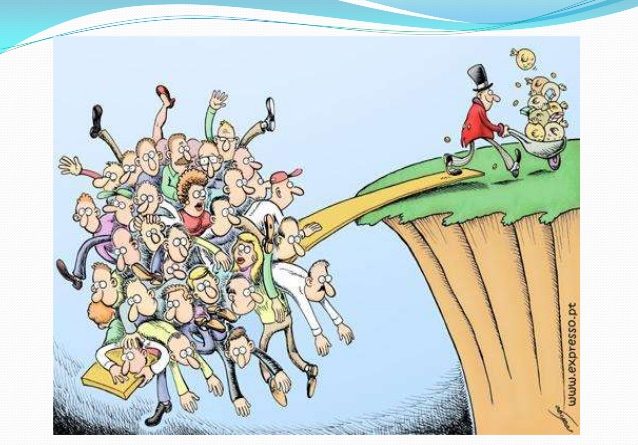Inequality Exposed: Thailand
Source: Bangkok Post
The economy expert Banyong Pongpanich was studying recent statistics last week when he made an interesting discovery. Based on figures reported in the latest annual Global Wealth Databook by Credit Suisse (CS), the inequality gap in Thailand has become the worst in the world.
The figure represents national assets held and controlled by a nation’s richest 1%, compared with the other 99%. In Thailand, that 1% is about 500,000, compared with the 50 million Thais of working ages.
The figures show that in the past five years, Thailand has gone from third to first in inequality. The CS statistics show that as of 2018, the 1% control 66.9% of the national wealth. That is a stunning worsening of an already serious inequality. In 2016, the 1%’s economic privilege was 58%.
His figures do not come as a surprise out of the blue. Many public critics of the regime’s policies have hinted at this growing division. The shock is that government policies aren’t working. The regime has thrown 100 billion baht into populist policies. It has singled out nearly 15 million low-income people and distributed welfare cards. Not only has this failed to narrow the inequality, it hasn’t even checked it. Not only has the rich-poor gap continued, it has grown worse.
Mr Banyong’s work came under immediate government attack — no surprise there — but also began a fruitful conversation on social media. Late last week and through the weekend, experts in political science and economics were thrashing out the implications of the latest figures. Much of the conversation is available on Mr Banyong’s Facebook page, including plenty of criticism of his conclusions.
The military regime appeared within hours of Mr Banyong’s Facebook news. The government spokesman, Buddhipongse Punnakanta, made an aggressive statement. He said flatly the expert’s analysis of the Wealth Report statistics was “inaccurate, incomplete and unreliable”. The reaction was predictable from a regime that professes pride in its highly questionable economic policies.
Mr Buddhipongse is not equipped to counter high economics. However, within a few hours he had convinced officials from the prime minister’s planning agency, the National Economic and Social Development Board (NESDB) to join in. The attempt to paint Mr Banyong and his analysis as deeply flawed, if not entirely non-factual, was launched and no doubt will continue.
For the public, the Banyong-government-NESDB argument has little meaning. Mr Banyong’s point that 1% of rich and privileged Thais literally control more than half the nation’s economy is indisputable. The regime’s argument that the economic situation for those in the bottom half is getting better is weak. The strongest evidence and the public perception supports the old saw that “the rich get richer and the poor get poorer”.
This inequality issue will hopefully be taken up in the election platforms of political parties. Throwing dribs and drabs of cash at the least well off may have the appearance of help. Far more important than small handouts, the least advantaged require the opportunity to better themselves. Improved education and job training will help to overcome income inequality far better and more sustainably than any government “gift” of money can do.


